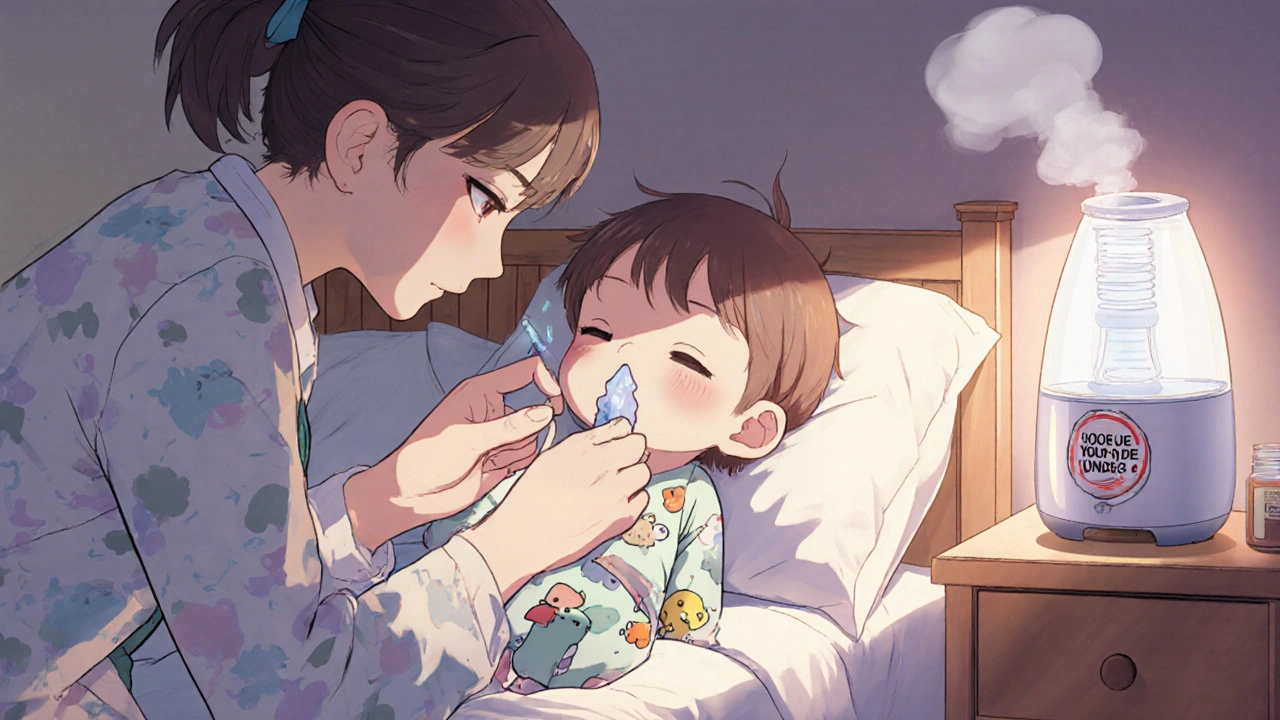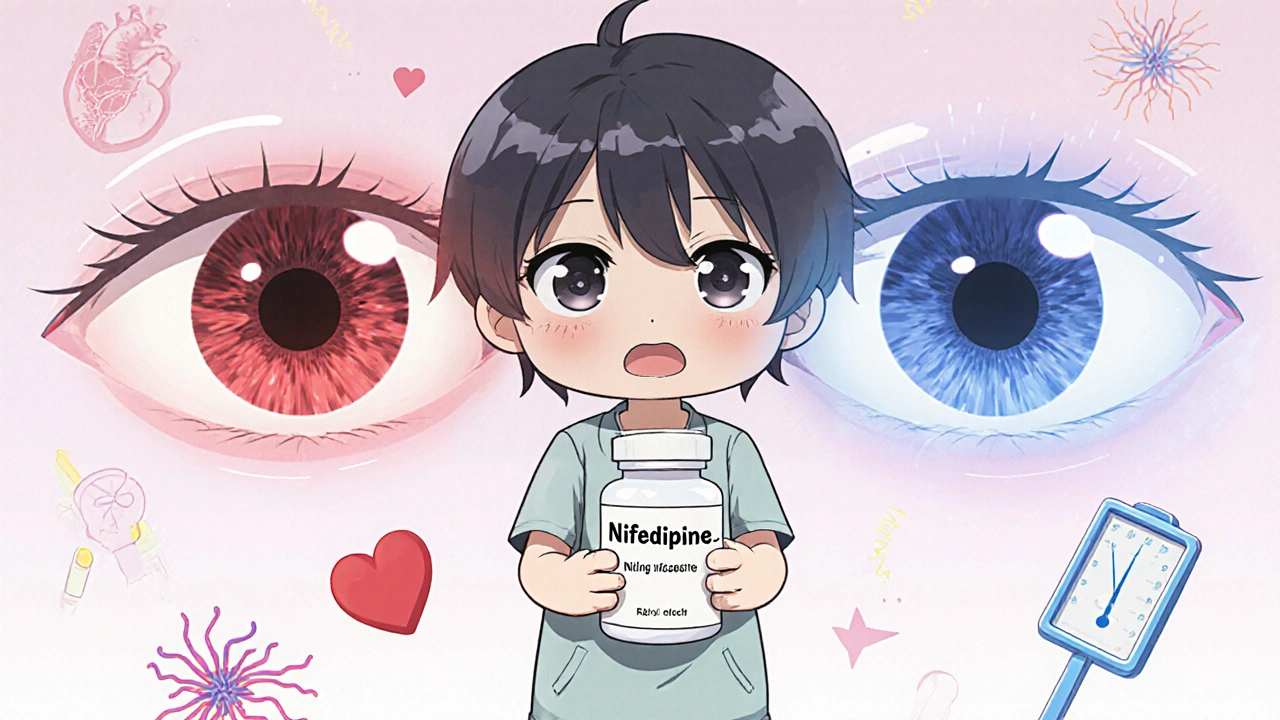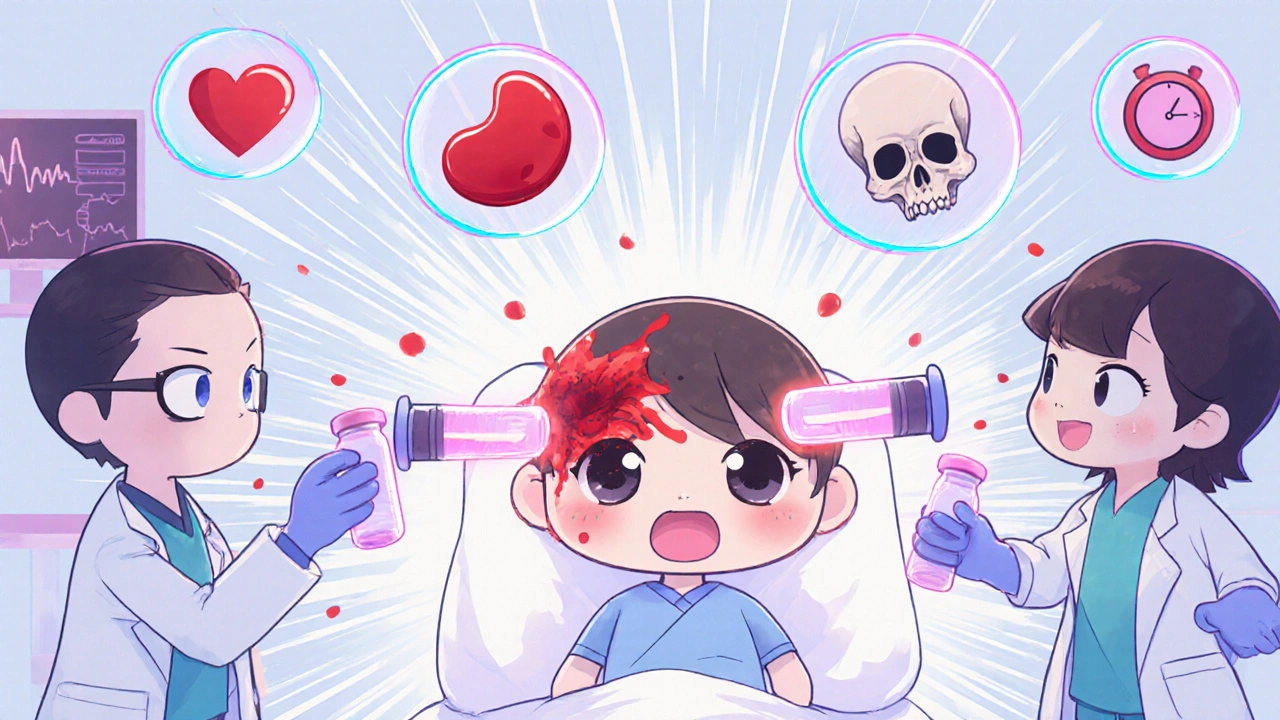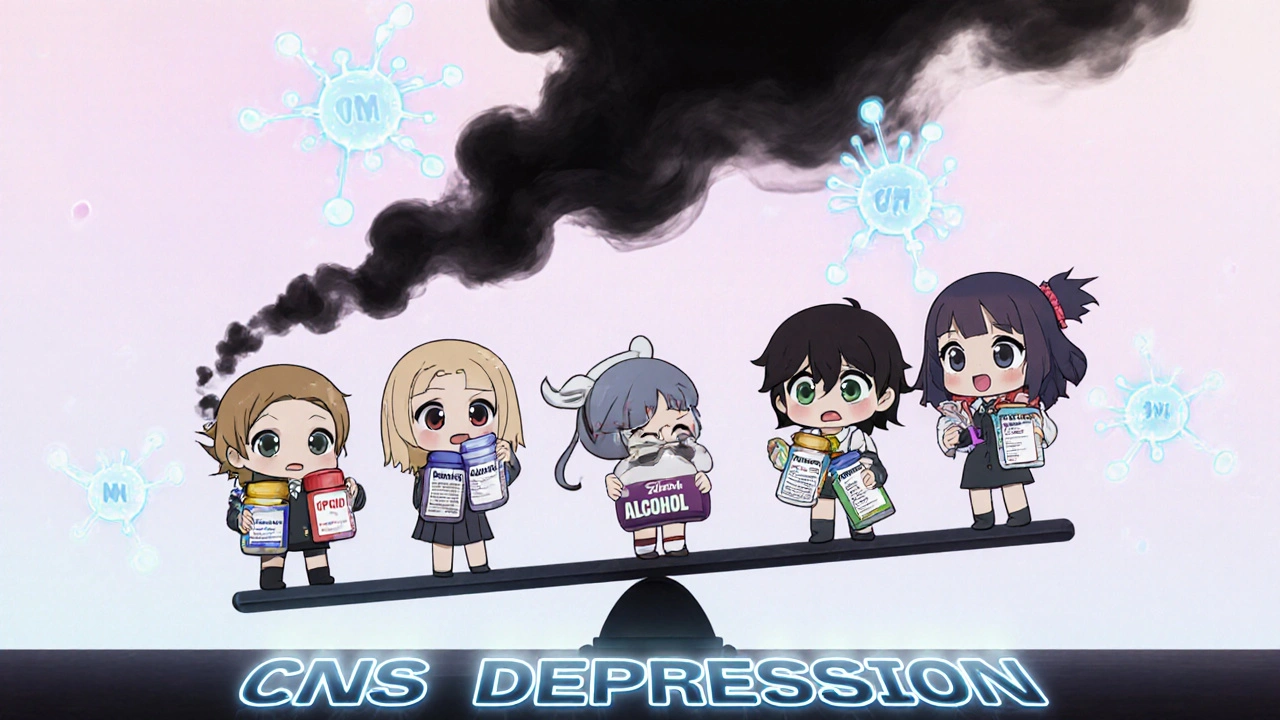OTC Cold Medicine for Children: Safe Options and What to Avoid
When your child has a cold, you want relief—fast. But OTC cold medicine for children, over-the-counter remedies marketed for kids under 12. Also known as pediatric cold medication, it includes syrups, drops, and tablets sold without a prescription. The problem? Most don’t work the way parents think they do. The FDA has warned for years that cough and cold medicines aren’t proven to help kids under 6, and even older children can have serious side effects like rapid heartbeat, drowsiness, or trouble breathing. You’re not alone if you’ve stood in the pharmacy aisle, confused by labels that say "child-safe" but list warnings you can’t ignore.
What you really need to know is what’s safe and what’s just noise. Children's cold remedies, products designed to ease nasal congestion, cough, or fever in kids. Also known as non-prescription cold relief, they often mix multiple ingredients like antihistamines, decongestants, and pain relievers. That’s the trap. Giving a child a multi-symptom medicine means you’re giving them drugs they don’t need. For example, if your kid has a runny nose but no fever, why give them acetaminophen? The American Academy of Pediatrics says single-ingredient products are safer—and only use them if symptoms are truly bothering your child. Fever? Use acetaminophen or ibuprofen. Congestion? Try saline drops and a suction bulb. Cough? Honey (for kids over 1) works better than most syrups. And never, ever give cough medicine to babies under 2.
Some parents turn to child-safe decongestants, medications meant to unblock nasal passages in children. Also known as pediatric nasal sprays, they’re often seen as a quick fix. But even these carry risks. Oxymetazoline nasal sprays can cause rebound congestion if used longer than 3 days. Pseudoephedrine, found in some oral decongestants, can raise blood pressure and make kids jittery or unable to sleep. And let’s be clear: there’s no magic ingredient that cures a cold. Viruses run their course in 7 to 10 days. Your job isn’t to fight the virus—it’s to keep your child comfortable while their body does the work.
What you’ll find below isn’t a list of brands to buy. It’s a practical guide to what works, what doesn’t, and what to watch out for. You’ll see real comparisons of common products, warnings about hidden ingredients, and simple steps to avoid overmedicating your child. No fluff. No marketing. Just what you need to make smarter choices when your kid is sick and you’re exhausted.




